Imagine having wallpaper that was inspired by the wings of a moth!
- Published
- comments
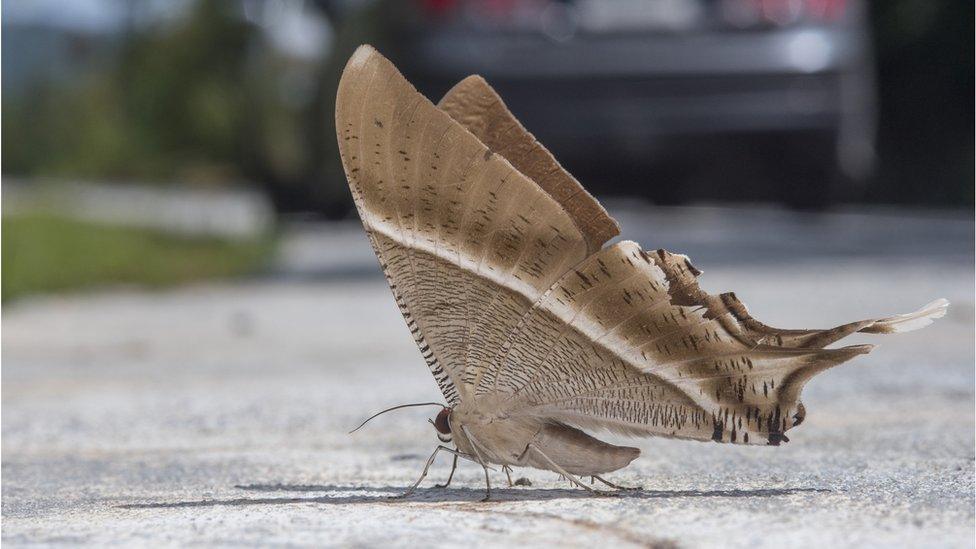
Imagine having wallpaper that was inspired by the wings of a moth!
Well you might not have to imagine for much longer, after experts at the University of Bristol made an exciting discovery - that moth wings are a great way of soundproofing.
The research found that the scales on moth wings act as excellent sound absorbers even when placed on an artificial surface.
They are now looking into whether the way the wing scales are placed could be copied to help to create sound absorbing panels for use in wallpaper and building materials.
Now the scientists plan to start building samples based on the level of sound absorption in moth wing scales for the ultrasound frequency range, which is above the level that humans can hear.
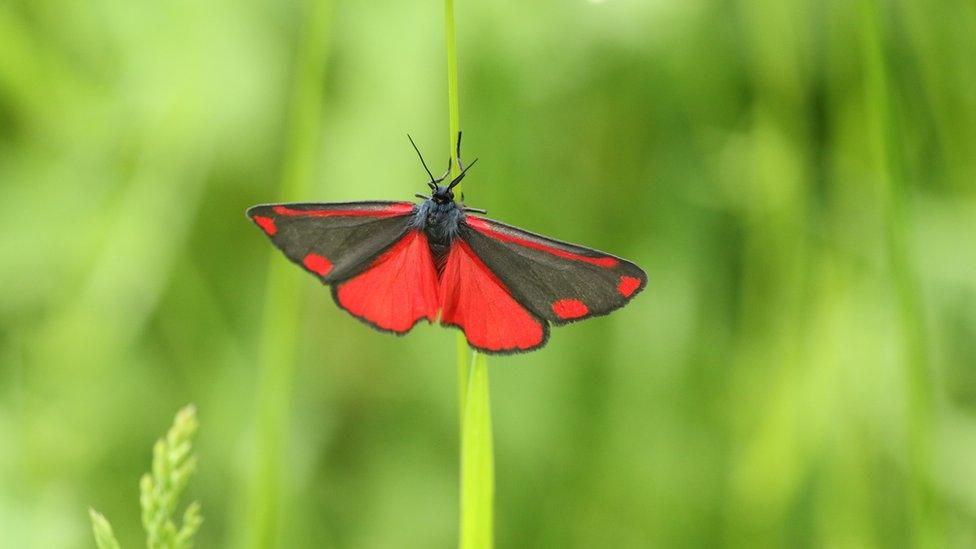
Often people can think of moths as being dull in colour compared to brightly adorned butterflies - but this isn't the case. Check out this Cinnabar Moth!
Prof Holderied said: "Moths are going to inspire the next generation of sound absorbing materials.
"New research has shown that one day it will be possible to adorn the walls of your house with ultra-thin sound absorbing wallpaper, using a design that copies the mechanisms."
Their next challenge is to design a structure that will work at lower frequencies whilst still using the structure of the moth's wings.
How did the researchers find this out?
Prof Holderied and his team from the University carried out the study by placing small sections of moth wings on an aluminium disc.
They then looked in detail at incoming sound and how removing layers of scales on the wings affected absorption.
He said: "What we needed to know first, was how well these moth scales would perform if they were in front of an acoustically highly reflective surface, such as a wall.
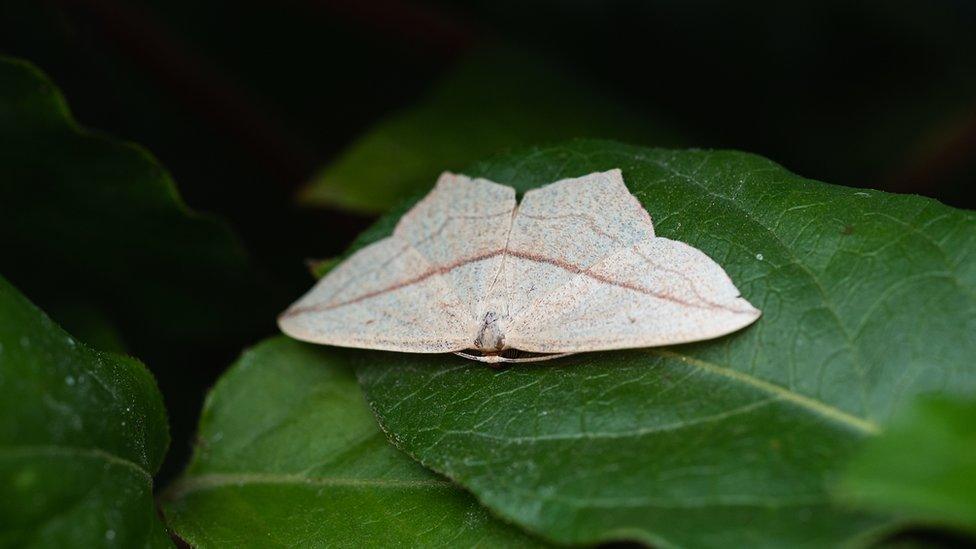
Moth's wings are much more complex than we ever knew!
"We also needed to find out how the mechanisms of absorption might change when the scales were interacting with this surface."
They found that moth wings proved to be excellent sound absorbers, absorbing as much as 87% of the incoming sound energy.
It also absorbed sound in many directions and covered a wide range of frequencies.
Why are moths so good at keeping the noise levels down?
The researchers recently discovered that a moth's wing helps to protect them from being spotted by predators like bats, through a kind of "stealth acoustic camouflage".
Bats use a process called echolocation, using sound waves reflected back to them to locate distant or invisible objects such as prey.
For a moth, bats are one of the biggest threats so they have evolved many defences for survival - but it's the scales on their wings that hold the key to offering protection by helping them to limit the effectiveness of the bats echolocation.
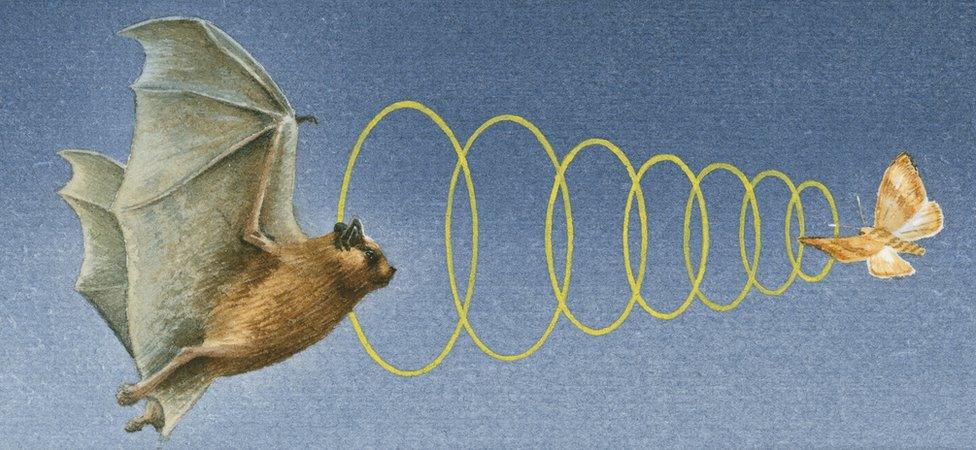
Lead author of the study Dr Thomas Neil, said: "What is even more impressive is that the wings are doing this whilst being incredibly thin, with the scale layer being only 1/50th of the thickness of the wavelength of the sound that they are absorbing."
Being able to use this knowledge to create lightweight sound absorbing panels could also a have huge impact on the travel industry, as any weight saving in planes, cars and trains increasing efficiency in these modes of transport, can help reduce fuel use and CO2 emissions.
- Published13 May 2020
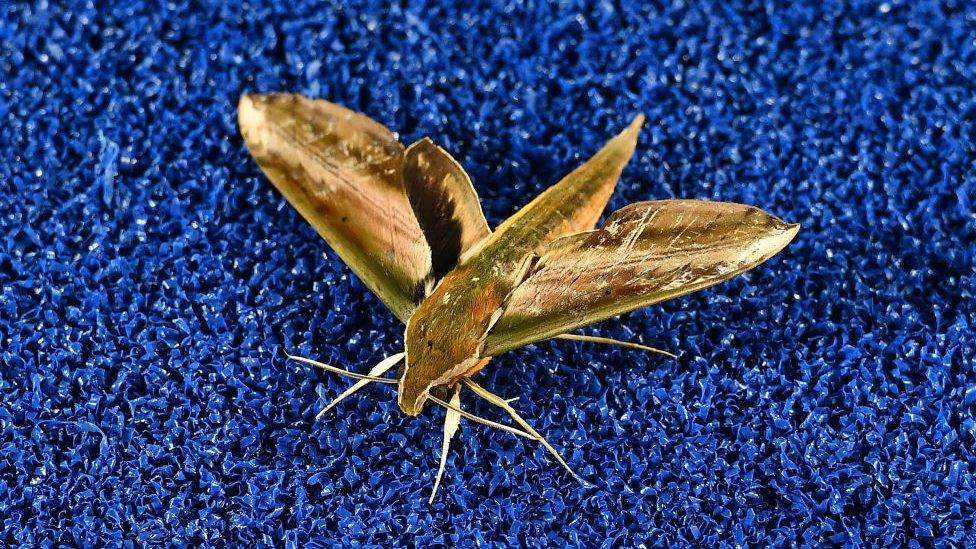
- Published11 May 2021

- Published15 June 2022

